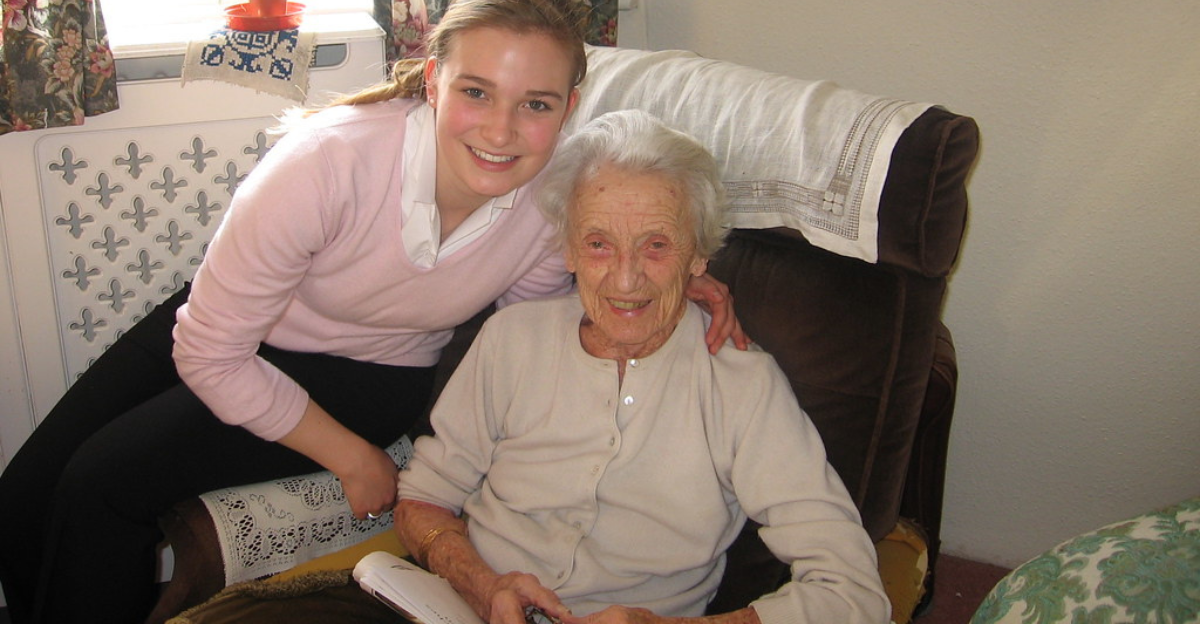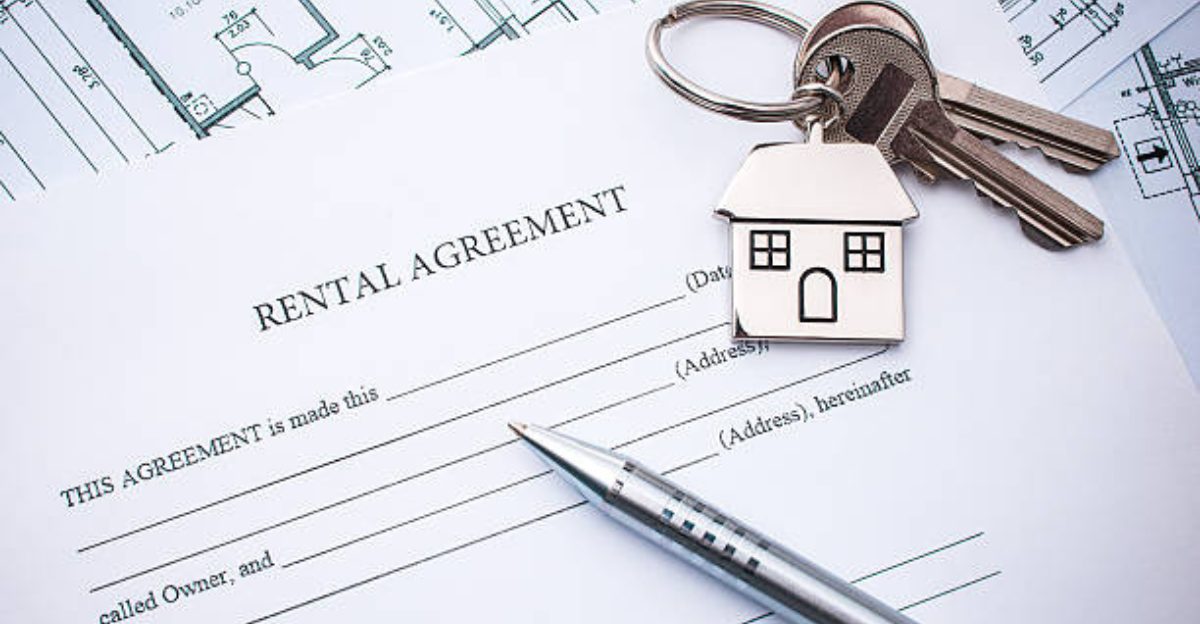
The United States is experiencing a housing crisis that’s unprecedented in its history. Those aged 70 and above have purchased more homes than those under 35 in the past two years. This transition relates to underlying problems in the housing market. The younger generations have a tougher time purchasing, and older customers tend to have benefits that can help them get a home. Fewer homes are returning to the market as more seniors choose to stay in their homes longer than in previous generations. All these aspects result in a challenging market where the homeownership dreams of millennials and Gen Z are increasingly being challenged.
The Aging Baby Boomer Effect on Homeownership

The generation of baby boomers emerged as the biggest buyers of homes in the United States. The 2025 report by the National Association of Realtors shows that currently, baby boomers represent 42% of all home buyers compared to millennials, who have declined to 29%. Many boomers are buying homes with cash, and this puts them in a strong position in a competitive market. Most of them can afford to purchase houses without a mortgage because they have accumulated wealth over the years.
Impacts of Older Americans Holding More Homes

The increase in homeownership among older Americans comes with implications for the availability of housing. Most elderly people want to age at home, and they want to keep their houses rather than sell them. This lowers housing supply for younger buyers, further straining an already tight market. This has led to a dramatic lack of affordable housing, which further increases the price. The demand in the affordable housing market is higher than the supply due to the fact that millennials and Gen Z cannot afford to compete with the boomers and their cash.
Why Younger Generations Can’t Break In

For younger Americans, getting on the property ladder is becoming increasingly difficult. Prices of houses have reached record levels, and mortgage rates are still high in comparison to past years. The median age of a first-time buyer was 28 in 1991; this increased to 38 in 2024, and now the overall median age of home buyers is 56 years old. This indicates how rising prices and borrowing costs have priced out many youths in the market. Student loan debt and wage stagnation are also widespread among many millennial and Gen Z buyers, making it difficult to save for a down payment or qualify for a loan.
The Mortgage Rate Trap

Mortgage rates have risen sharply in recent years. While baby boomers often buy with cash, young buyers depend almost entirely on financing. More than 90 percent of purchasers under 44 years utilize mortgages, while many boomers avoid it. High interest rates make monthly payments higher, and many younger buyers are forced to rent or buy smaller, less preferable houses. This dynamic is not only keeping the younger generation out of the market, but it’s excluding an entire generation of potential homeowners.
Lifestyle Changes Influencing Homebuying Decisions

There is also a difference in lifestyle preferences between the older and younger generations. Senior customers usually require retirement or multigenerational homes. A lot of them are now in search of tranquil communities or smaller homes that suit their retirement plans. In the meantime, younger buyers are more likely to want to live in urban areas or in homes that are close to employment and services, which are more costly. Moreover, the increased popularity of remote work has changed preferences, yet isn’t sufficient to compensate for the financial obstacles of the young population.
Inherited Housing and Older Generations Delaying Home Sales

A significant factor worsening the housing crunch is that older homeowners are holding on to their properties longer. Instead of selling their homes and moving into assisted living or downsized spaces, many boomers delay selling or pass homes down to family members. This ties up valuable housing stock and reduces market fluidity. Experts predict that as boomers age, more homes may eventually come onto the market, but this transition will take a lot of time and may not immediately relieve the current shortages.
Policy Challenges and Potential Solutions

This intergenerational imbalance raises significant policy concerns. Affordable housing programs to date have been unable to expand opportunities to younger purchasers without destabilizing the security of older homeowners. In order to fix this, new policies are being considered that include encouraging affordable housing development, downsizing incentives for older adults, and more relaxed first-time buyer programs. The market must adapt and reform in innovative ways to strike a balance between the demands of the aging population and younger generations.
A Nation of Renters?

With homeownership becoming elusive among the younger generations, there is an increase in rental housing. A significant proportion of millennials and Gen Z adults will remain renters longer, and rental rates are expected to rise in the coming years. This transition could alter the conventional American dream of homeownership and produce long-term social and economic consequences. Unless significant modifications are made, the rates of homeownership among the younger generations may further drop.
Who Gets the American Dream?

The emergence of the aging home buyer and the demise of the younger home buyer begs a very relevant question: who will get to experience the American dream of being a homeowner? To restore the dream for younger generations, significant policy changes and market reforms are needed. Only under these conditions can the housing market be made more equitable and available to all generations. The American dream is getting old, but through concerted efforts, we can make a future where younger Americans can once again afford to own homes. The solution to the housing crisis is to acknowledge these demographic shifts and devise solutions that can house all people.
